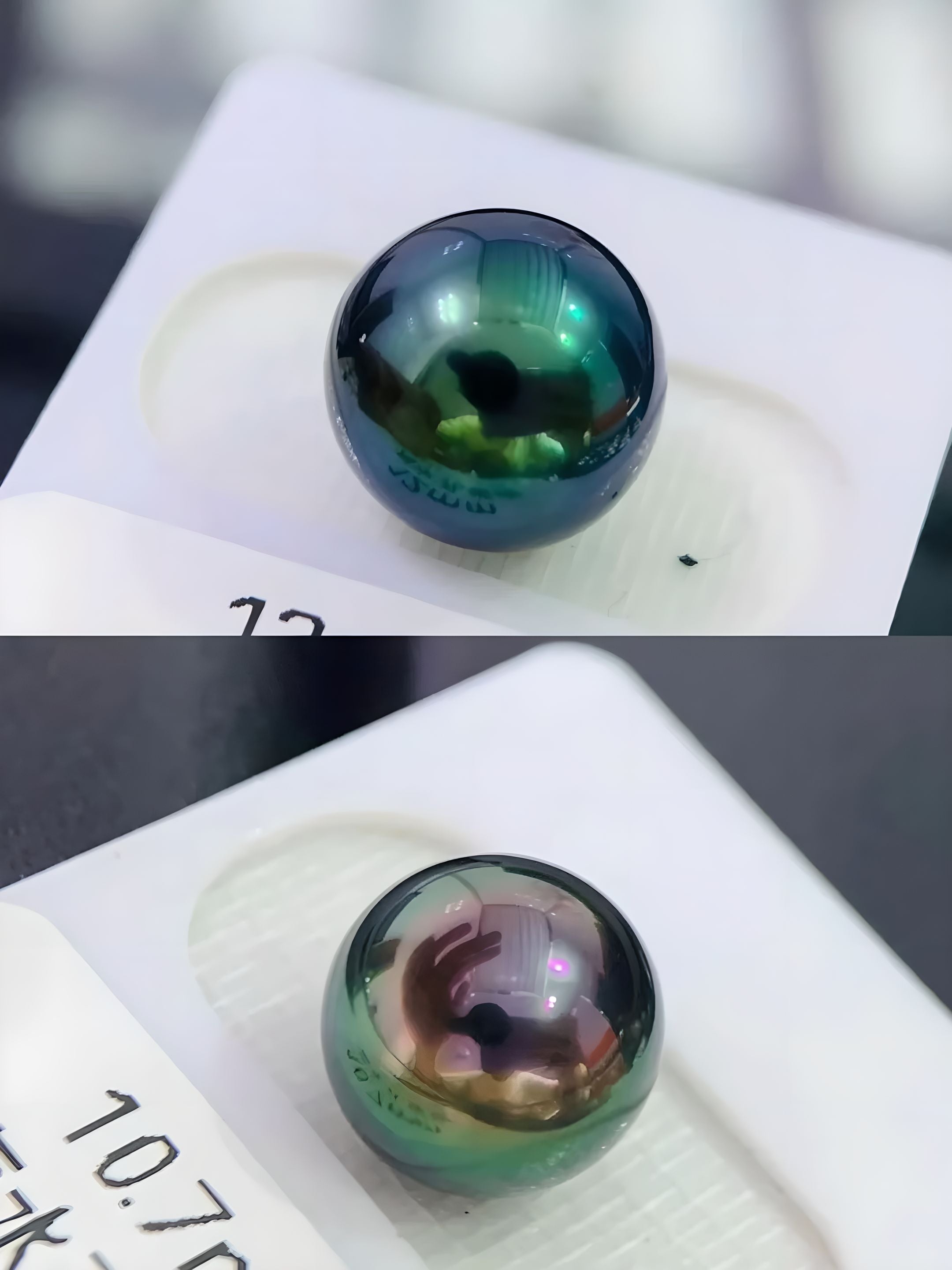
How El Niño Impacts Saltwater Pearl Production: A Deep Dive into Climate’s Role
How El Niño Impacts Saltwater Pearl Production: A Deep Dive into Climate’s Role
The Intersection of Climate and Luxury
Have you ever wondered how the world’s climate affects the creation of luxurious saltwater pearls? In a world where nature and luxury intertwine, the enigmatic El Niño phenomenon plays a pivotal role. This climate event, recognized for its dramatic impact on weather patterns, holds a lesser-known influence on saltwater pearl production. Join us as we dive into how El Niño affects the pearl industry, discovering the delicate balance between oceanic beauty and climate complexities.
 El
El
What is the El Niño Phenomenon?
El Niño, a term frequently mentioned in climate discussions, refers to the periodic warming of sea surface temperatures across the central and eastern Pacific Ocean. Occurring every two to seven years, as highlighted by the National Oceanic and Atmospheric Administration (NOAA), El Niño can trigger dramatic shifts in global weather patterns, causing everything from heavy rains to droughts. By altering ocean conditions, El Niño creates a ripple effect across marine ecosystems, directly impacting industries reliant on oceanic stability—such as saltwater pearl farming.
The Science Behind Saltwater Pearl Production
Saltwater pearls, unlike their freshwater counterparts, are cultivated in ocean waters using specific mollusks like the Pinctada maxima oyster. These pearls result from a natural defense mechanism, where the mollusk secretes layers of nacre around an irritant. Optimal conditions, such as stable water temperature and quality, are crucial for high-quality pearl formation. This intricate process, steeped in oceanic mystery, becomes susceptible to disruptions during El Niño events, highlighting the connection between climate variation and pearl quality.
How El Niño Disrupts Pearl Production
During an El Niño year, the rise in sea surface temperatures can lead to several adverse effects on saltwater pearl farming:
-
Increased Coral Bleaching: Warm waters can cause coral bleaching, reducing the available habitat and food resources for pearl oysters, leading to stress and potentially affecting nacre production.
-
Altered Ocean Currents: Changes in ocean currents impact nutrient flow, possibly leading to diminished food supply for the oysters, which are filter feeders dependent on plankton.
-
Water Quality Fluctuations: Higher temperatures can reduce water quality, increasing the likelihood of disease outbreaks amongst pearl oysters.
The combined effect of these factors can lead to a decrease in pearl size and luster, impacting their value and overall supply in the market.
Balancing Challenges with Opportunities
Despite these challenges, the resilient pearl farming industry has adapted in various innovative ways. Farmers might adjust farming locations, utilizing areas less affected by El Niño’s warm currents. Advanced monitoring systems are put in place to mitigate risks and optimize conditions for oyster growth. As marine biologist Dr. Susan Williams suggests, “Adaptation and understanding of climate patterns are crucial for sustainable pearl production,” reinforcing the industry’s commitment to marrying science and nature.
Conclusion: Navigating the Future of Pearl Production
In conclusion, the El Niño phenomenon presents both a challenge and an opportunity for saltwater pearl production. Understanding its effects allows the luxury pearl industry to develop strategies that ensure consistency and quality despite climate unpredictability. As consumers and connoisseurs of these oceanic treasures, recognizing the relationship between climate forces and pearl formation deepens our appreciation for pearls’ natural origins. By embracing knowledge and innovation, the pearl industry continues to illuminate nature’s beauty, showcasing resilience in the face of climate change.
Keyword Tags: El Niño, saltwater pearls, pearl production, climate impact, luxury goods, pearl farming, ocean currents, nacre production.



Leave a comment
This site is protected by hCaptcha and the hCaptcha Privacy Policy and Terms of Service apply.